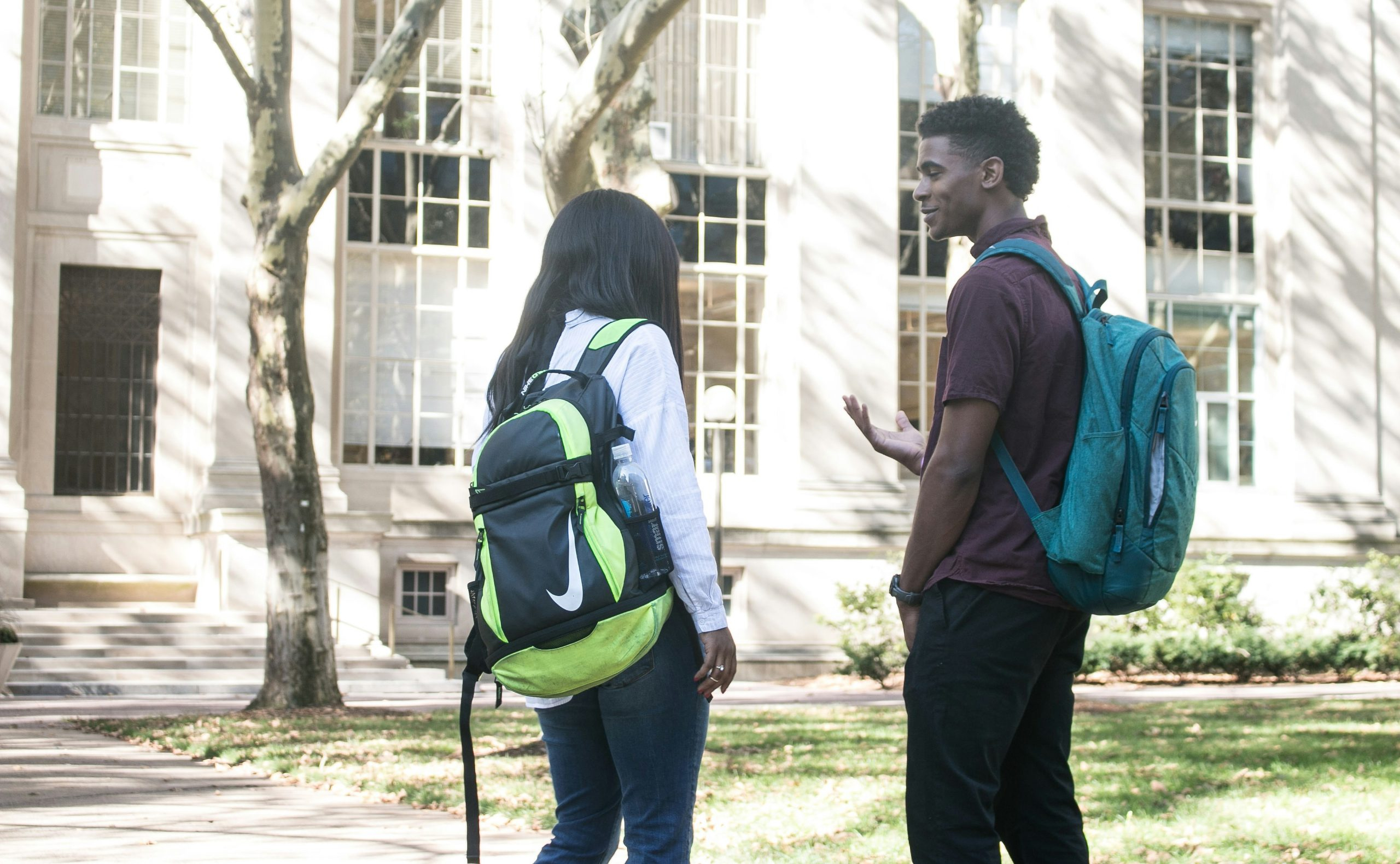Unlocking Curiosity: Creative Approaches to Student Engagement
In today’s fast-paced world, students are constantly bombarded with information and distractions. As educators, it can be difficult to capture and maintain their attention. However, fostering curiosity and actively engaging students is essential in promoting a love for learning and achieving academic success. Unlocking curiosity through creative approaches is a powerful tool that can enhance student engagement and facilitate meaningful learning experiences. In this article, we will explore the importance of unlocking curiosity and provide practical tips for incorporating creative strategies in the classroom.
The Power of Curiosity in Student Learning
Curiosity is a natural human trait that drives us to explore, question, and seek out new knowledge. From a young age, children are constantly asking “why” and “how” as they try to make sense of the world around them. This innate curiosity is a powerful motivator for learning and should be harnessed in the classroom.
Research has shown that students who are curious are more likely to engage in learning activities and perform better academically. Curiosity is also linked to intrinsic motivation, which is vital for long-term learning and retention of information. By unlocking curiosity, educators can create a thirst for knowledge that drives students to actively seek out information and make meaningful connections.
Unlocking Curiosity Through Creative Approaches
So, how can we unlock curiosity in students? The key is to incorporate creative and interactive approaches in our teaching strategies. Here are some ideas to get you started:
1. Incorporate Hands-On Activities
One of the best ways to spark curiosity is through hands-on activities. This allows students to physically engage with the material and see the concepts in action. For example, instead of just reading about plants, students can plant their own seeds and observe the growth process. This not only piques their interest but also provides a deeper understanding of the subject.
2. Connect Learning to Real-World Scenarios
Sometimes, students may struggle to see the relevance of what they are learning in the classroom. By connecting the material to real-world scenarios, you can tap into their natural curiosity. For instance, when teaching about fractions, you could use baking as an example to show how fractions are used in everyday situations.
3. Encourage Questions and Exploration
Inquiry-based learning is a great way to encourage curiosity. Rather than just providing information, allow students to ask questions and explore the answers for themselves. This type of learning promotes critical thinking skills and empowers students to take charge of their own learning.
4. Incorporate Technology and Multimedia
Incorporating technology and multimedia in the classroom can also help unlock curiosity. Videos, interactive games, and virtual reality experiences can bring the material to life and make learning more engaging. This approach also caters to different learning styles and can appeal to students who may not respond well to traditional teaching methods.
Tips for Success
While incorporating creative approaches can greatly enhance student engagement, it is important to keep in mind a few key tips:
1. Know Your Students
Not every approach will work for every student. Get to know your students and their interests, and tailor your teaching accordingly. This will make the material more relatable and capture their interest.
2. Be Flexible
Be open to trying new things and be willing to adapt if something isn’t working. What may work for one class may not work for another, so it’s important to be flexible and make changes as needed.
3. Create a Safe Learning Environment
For curiosity to thrive, students need to feel safe and supported in their learning environment. Encourage questions, foster a sense of community, and create a positive learning atmosphere.
In Conclusion
Curiosity is a powerful tool that can enhance student engagement and foster a love for learning. By incorporating creative approaches that spark curiosity, educators can create a more meaningful and effective learning experience for their students. Remember to be flexible and tailor your teaching to your students’ needs, and you will see the positive impact of unlocking curiosity in the classroom.










